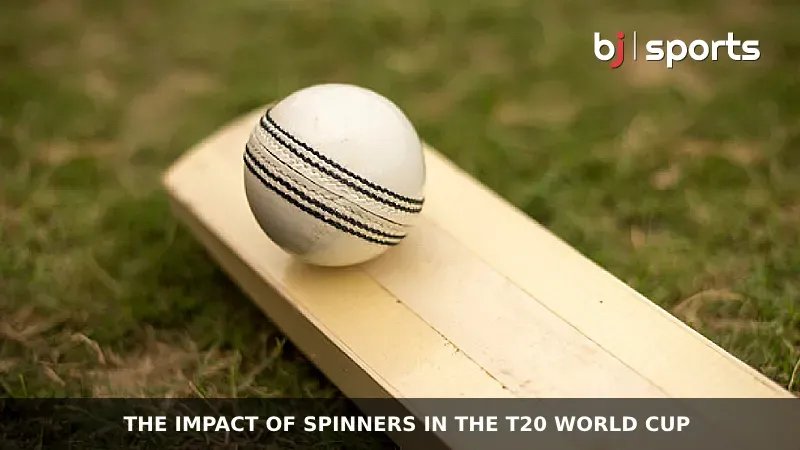Cricket has evolved significantly over the years, and the advent of Twenty20 (T20) cricket has brought about a revolution in the sport. T20 cricket demands fast-paced action, big hits, and quick thinking. While it is often associated with power-hitting and blistering pace, spin bowling has also emerged as a crucial component in the shortest format of the game. In this blog, we will explore the role of spin bowling in T20 cricket, with a particular focus on the impact of spinners in the T20 World Cup.
Variety and Control:
One of the primary reasons for the success of spin bowling in T20 cricket is the variety it brings to the game. Spinners possess a wide range of deliveries, including leg spin, off-spin, and variations like the carrom ball and the doosra. These variations can bamboozle batsmen, forcing them to take risks or make mistakes. Additionally, spinners have better control over their deliveries compared to fast bowlers, allowing them to hit the right lengths and lines consistently.
Slowing Down the Scoring Rate:
In T20 cricket, where batsmen are constantly looking to score quickly, spinners play a vital role in slowing down the scoring rate. By mixing up their deliveries, spinners can deceive batsmen and force them into making false shots or mistiming their strokes. Moreover, the nature of spin bowling makes it difficult for batsmen to generate power, as they have to rely on their timing rather than brute force. This often leads to a dip in the scoring rate, providing an opportunity for the fielding team to assert control over the game.
Wickets in the Middle Overs:
The middle overs of a T20 innings are considered crucial, as teams aim to consolidate after a fast start while also keeping wickets intact for the final onslaught. Spinners excel in this phase of the game, as they can exploit the batsmen’s eagerness to score boundaries. With their ability to extract turn and bounce from the pitch, spinners can trouble batsmen who are looking to attack. By taking wickets or creating pressure, spinners can disrupt the opposition’s plans and set the stage for a successful defense or chase.
Impact in the Powerplay:
While spinners are traditionally associated with the middle overs, their impact in the powerplay overs of a T20 match should not be overlooked. By introducing spinners early on, captains can exploit the fielding restrictions and put batsmen under immediate pressure. Spinners can use flight, turn, and variations to deceive batsmen who are looking to score quick runs in the powerplay. A spinner’s ability to take early wickets or keep the run rate in check can have a significant impact on the outcome of the match.
Match-ups and Exploiting Weaknesses:
Spinners are also adept at exploiting the weaknesses of specific batsmen. They can study a batsman’s technique, footwork, and preferred shots, and devise plans to exploit these weaknesses. By analyzing data and understanding match-ups, spinners can create opportunities to dismiss key batsmen and turn the game in their team’s favor. This tactical aspect of spin bowling adds a strategic element to T20 cricket, making it an intriguing battle between batsman and bowler.
In T20 cricket, spin bowling has emerged as a vital component of a team’s success. Spinners bring variety, control, and the ability to slow down the scoring rate, making it difficult for batsmen to dominate. They play a crucial role in the middle overs, where wickets are prized possessions, and they can also make an impact in the powerplay by exploiting the batsmen’s vulnerabilities. With their ability to create match-ups and exploit weaknesses, spinners have become indispensable in T20 cricket, including the highly competitive T20 World Cup. As the format continues to evolve, spinners will likely remain key figures, adding intrigue and excitement to the game.
